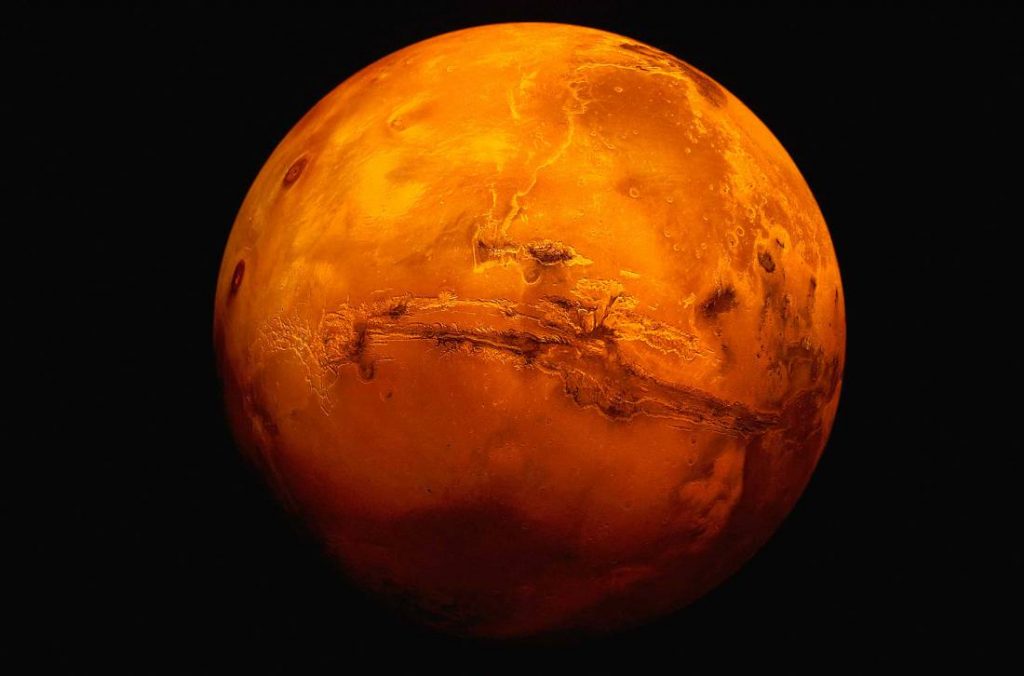On Mauna Ulu, a volcano in the Big Island of Hawaii, Nasa prepares to the possibility of sending astronauts to Mars. The day in which we are able to send a crewed mission to the red planet may not be so far away, and the National Space Agency is making sure that a bunch of their guys are ready and up for the challenge. Darlene Lim surveys videos from Hawaii. She is a NASA geobiologist and the one who has been planning this mission for months. According to her, astronauts are not prepared enough for what they might face out in space, so she and her team have used the Hawaiian mountainside to train as scientiests believe that the landscape is similar to the one they may find in Mars surface.
In her own words: “You’re trying to keep people alive and trying to get them beyond low Earth orbit … there are experiments that are done, but the science isn’t really baked in. “But when we head out to somewhere like Mars, and we’re going to be there for a while … we’re going to have to look at designing these missions with an inherent component to science.”
Lim’s mission to Mars project mimics what astrounauts may experience (minus space suits and oxygen-less atmosphere). When being trained in the Hawaiian facilities, “astronauts” are assigned tasks such as collecting rock samples using instruments that are being developed for real space missions. They set different conditions so they time field is limited to what an astronaut may experience out there too. They even have to keep open communication lines with “mission control” (a conference room where Lim and her team is located). The Hawaiian mission is called BASALT, which stands for Biologic Analog Science Associated with Lava Terrains. The difference between this project and many other NASA analog missions, is that Lim and her team are exploring a site that they have never seen. About this, she says: “You can do the science separately and the exploration separately. But that doesn’t really tell you very much about whether, from science perspective, the exploration concept you’re testing has actually done a good job. … I want to make sure that when someone does go to Mars, they have tested all the things that are going to give them the best possible science.”
Lets hope this brilliant team of scientists can soon visit the red planet.
